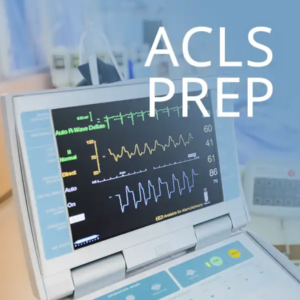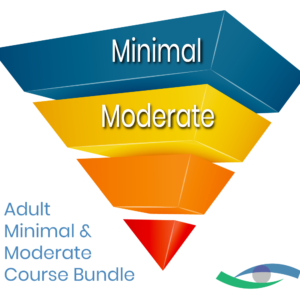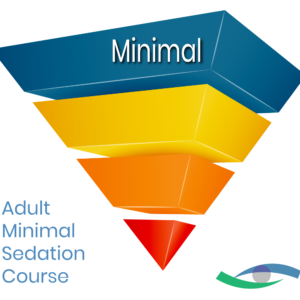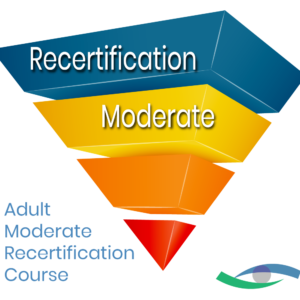As conscious sedation becomes more commonly integrated into outpatient and clinical settings, it’s increasingly important for healthcare professionals to understand its proper administration, documentation, and regulatory requirements. Here are some of the most frequently asked questions about conscious sedation to guide new medical school graduates and decision-makers in surgical centers on how to safely and effectively implement this sedation method.
What is Conscious Sedation?
Moderate conscious sedation is a technique that helps manage pain and anxiety during various medical and dental procedures. MCS depresses consciousness, but unlike general anesthesia, the patient remains responsive to verbal requests. The patient also maintains their own airway, so interventions are not required. The primary goal of conscious sedation is to create a calm and comfortable environment for the patient while they undergo a medical procedure.
What is Included When Providing Conscious Sedation?
Several key elements must be addressed when providing MCS to ensure patient safety and effective administration:
- Patient assessment: This involves evaluating the patient’s medical history, current medications, and potential risk factors that could complicate sedation. A thorough review allows the sedation plan to be tailored to the individual patient.
- Establishment of IV access: An intravenous (IV) line is established to administer sedation agents and fluids. IV access allows for the controlled delivery of medications and ensures fluids are available to maintain hydration and manage any adverse reactions.
- Administration of sedation agents: Specific drugs are administered to achieve the desired level of sedation. Commonly used agents include opioids and benzodiazepines.
- Maintenance of sedation: Throughout the procedure, the patient’s sedation level is continuously monitored and adjusted to ensure they remain comfortable and within the intended sedation range. This involves fine-tuning the administration of sedation agents to prevent the patient from slipping into deeper levels of sedation.
- Continuous monitoring: Throughout the procedure, the patient’s vital signs, including heart rate, blood pressure, oxygen saturation, and respiratory function, must be continuously monitored. This ensures immediate detection of any changes in the patient’s condition, which can then be managed promptly.
- Recovery and post-procedure care: After the procedure, the patient is monitored during the recovery phase to ensure they return to their baseline state. The patient should receive post-procedure care instructions to ensure their safety after leaving the healthcare facility.
Does Medicare Have Regulations Regarding Conscious Sedation?
Medicare has specific guidelines that must be followed when administering conscious sedation. These include requirements for documentation, appropriate use of CPT codes, and ensuring that the provider is qualified to manage the level of sedation administered. Medicare also requires that the person administering the sedation be capable of rescuing a patient if the sedation unexpectedly deepens. These regulations protect patient safety and ensure appropriately provided sedation services.
Are Minimal, Moderate, and Deep Sedation Taught as Separate Disciplines?
No. Surprisingly, different levels of sedation are not typically taught as separate disciplines in nursing or medical school. This gap in education means that many healthcare providers may not receive formal training in the management of these sedation levels, which can lead to variability in practice and potential safety risks.
The National Sedation Center, Inc. was established to address this educational gap. NSC provides specialized training programs that focus on the safe administration of sedation across various levels. These programs are designed to meet the needs of non-anesthesia-trained professionals, ensuring they are equipped with the necessary skills to safely manage sedation and respond to any complications that may arise.
Earn Your Sedation Certification
NSC proudly offers comprehensive, instructor-led programs that teach essential airway management skills and other aspects of safe, effective sedation. Our commitment to quality is reflected in our competitive pricing, rigorous certification process, and inclusion in the National Registry. Contact us today to learn more about our adult sedation courses and how we can support your practice in delivering the highest standards of patient care.






